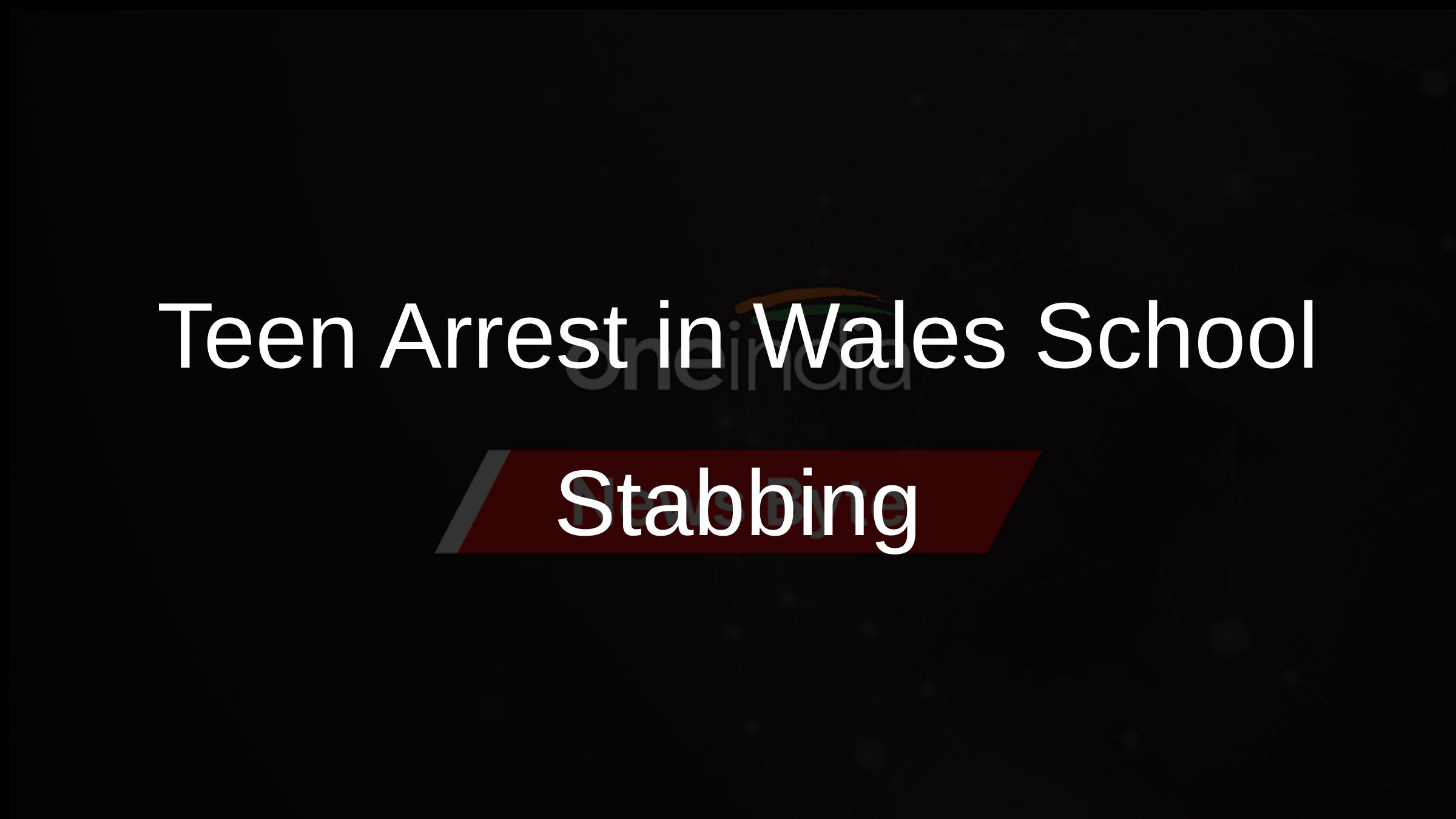Angola's unique giant sable gets second chance
LUANDA, May 7: There could hardly have been a better omen for Angola after nearly three decades of war: last year, the revered giant sable antelope, unique to the central African country and feared wiped out, was spotted again.
There were concerns that the majestic beast, admired because of the adult male's long, backwards-curving horns which can grow to 165 cms, had been driven to extinction by poaching, fighting and a hunger for bush meat.
But last year, an infra-red camera snapped a picture of the skittish giant sable, or Palanca Negra -- the first confirmed image in 20 years. There had been rumours of sightings previously but no concrete proof.
Now, Pedro Vaz Pinto, the man behind the Giant Sable Conservation Project, has been short-listed for an award from the prestigious Whitley Fund for Nature, to be announced on May 9 in London.
''This is a big honour. It will put the project as well as Angolan conservation and biodiversity on the map and make people think of Angola in ways other than disease, war and corruption,'' the 38-year-old conservationist told Reuters.
Vaz Pinto started looking for the giant sable in 2003, tracking on foot and using helicopters and small, almost silent ''microlight'' aircraft to try to catch a glimpse of the shy animal, without success.
He then decided to use infra-red cameras and employ locals from around Cangandala National Park in northern Malange province as ''shepherds'', paying them a monthly salary of 40 dollars to maintain the equipment, patrol the park, and keep poachers out.
And in April last year, one of the camera traps produced the first photos of the giant sable for more than two decades.
The community shepherding programme was spearheaded by the Catholic University of Angola's Centre for Scientific Studies and Investigation.
''The rediscovery of the Palanca Negra is important on so many different levels,'' Vaz Pinto said.
''It is a critically endangered sub-species, which means it is important internationally, but it has such an incredible history and mythology behind it, and as the national symbol, it is very important for the country.''
''MYSTICAL AURA''
The Palanca Negra is pictured on Angola's bank notes and stamps, as well as being the logo of the national airline and the football team in a country rich in oil and diamonds. The animals were already endangered before civil war exploded in 1975, numbering a mere 2,000 to 2,500 that year.
Poor security during the war forced people away from the countryside and into the cities, and could have protected the animals but when the fighting ended, conservationists worried that poaching and the return of Angolans to rural areas could pose the greatest threat to their survival.
''The giant sable is a revered animal. Most locals really worship it because of its mystical aura and there are many local legends surrounding it,'' Vaz Pinto said. ''The animal wouldn't have survived if that wasn't the case. People really protect it. It's sacred,'' he added.
Angola's government has backed Vaz Pinto's work and is to offer its expertise to determine the exact number and location of the animals. Major oil companies, such as Esso Angola, are also supporting the project.
Vaz Pinto has boosted the salary of the 16 shepherds to between 75 dollars and 100 dollars per month as they continue their monitoring and protection work, and he plans to beef up their training and potentially bring in new technology such as cyber-tracking.
This, along with a plan to rebuild infrastructure in the Cangandala area and extend the project to the nearby Luando Reserve, should secure the giant sable's future.
Georgina Ponder, director of the Whitley Fund for Nature and one of the award's judges, said Vaz Pinto had done an ''incredible job'' in protecting the species while also improving the lives of local communities.
''We are delighted to see an Angolan conservationist - the first we have ever seen - on the shortlist,'' she said.
''Should Pedro succeed in winning a Whitley Award, we hope funding and the profile ... will help act as a catalyst for the Angolan national authorities to implement better protection of Angola's national parks,'' she added.
Vaz Pinto, who was born in Angola and studied forestry engineering and natural resources management in Portugal, believes new species could even be discovered in Angola.
''Angola is huge, well represented in terms of biodiversity, and understudied for decades. That combination makes Angola one of the most exciting countries in Africa in terms of conservation,'' he said. ''And among all that, the giant sable is the golden prize.'' He was optimistic that the Palanca Negra would now thrive.
''Everything is falling into place. It would be unthinkable that it wouldn't survive.''
Reuters


 Click it and Unblock the Notifications
Click it and Unblock the Notifications




